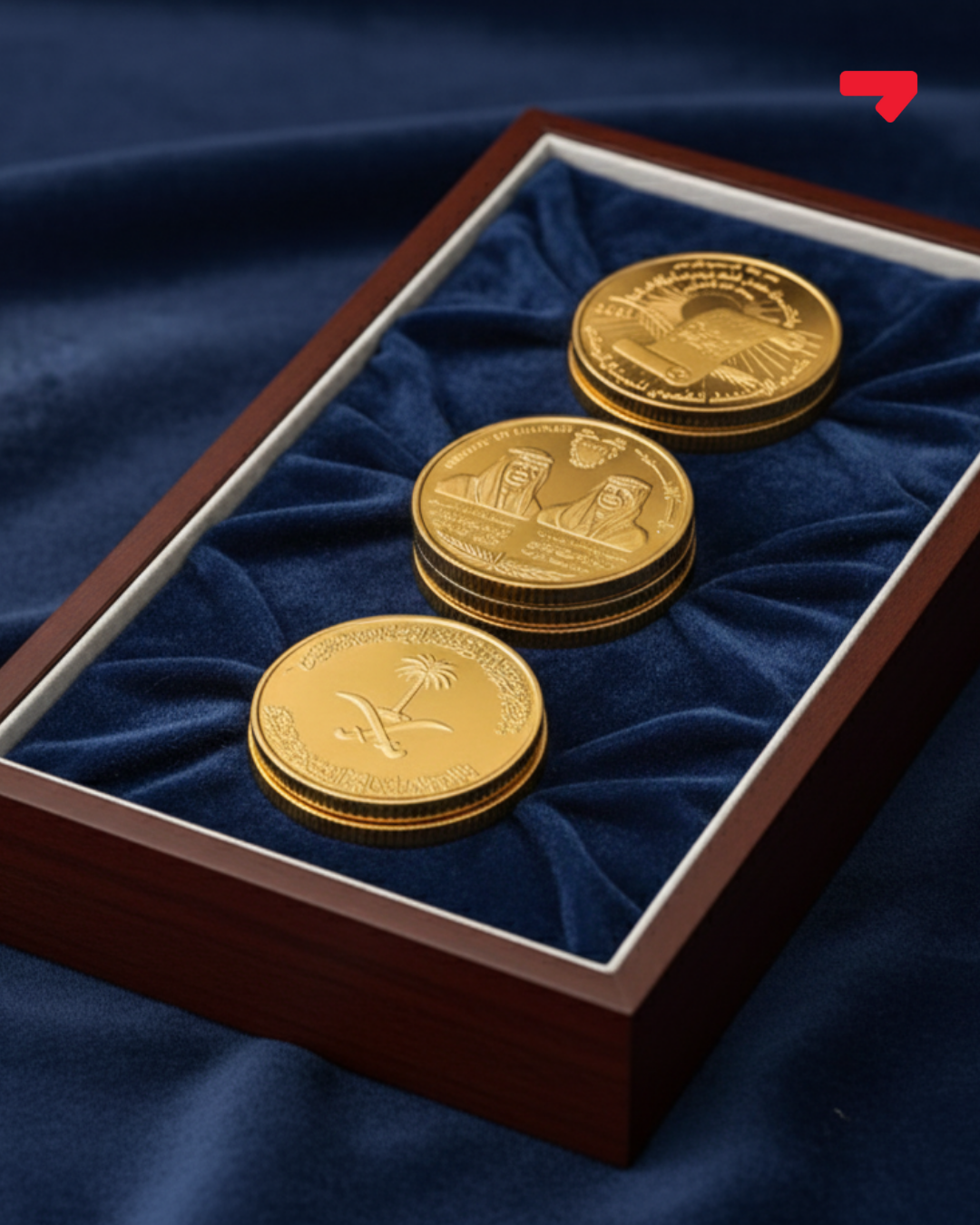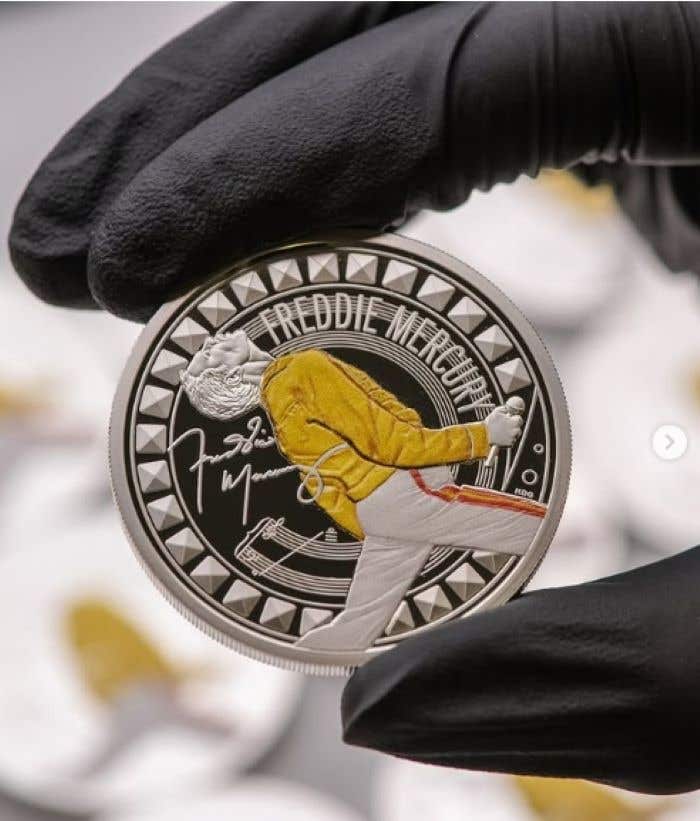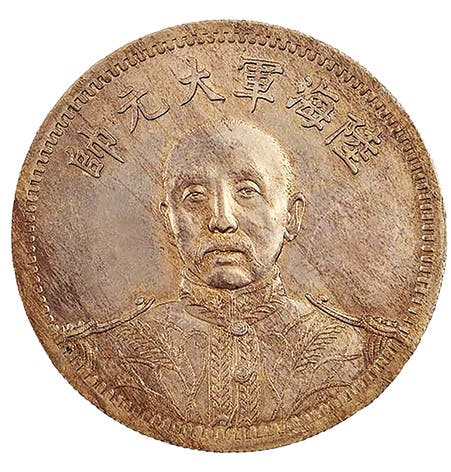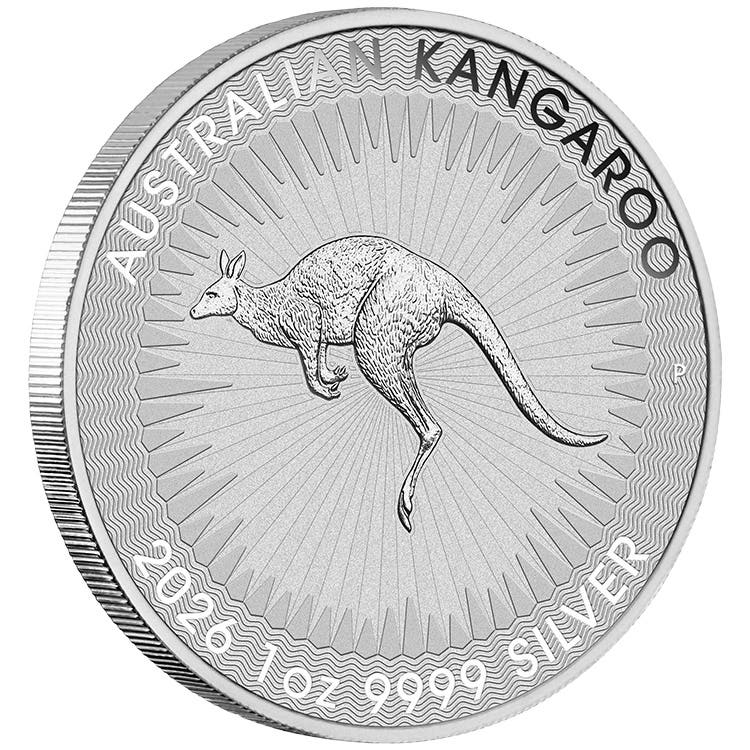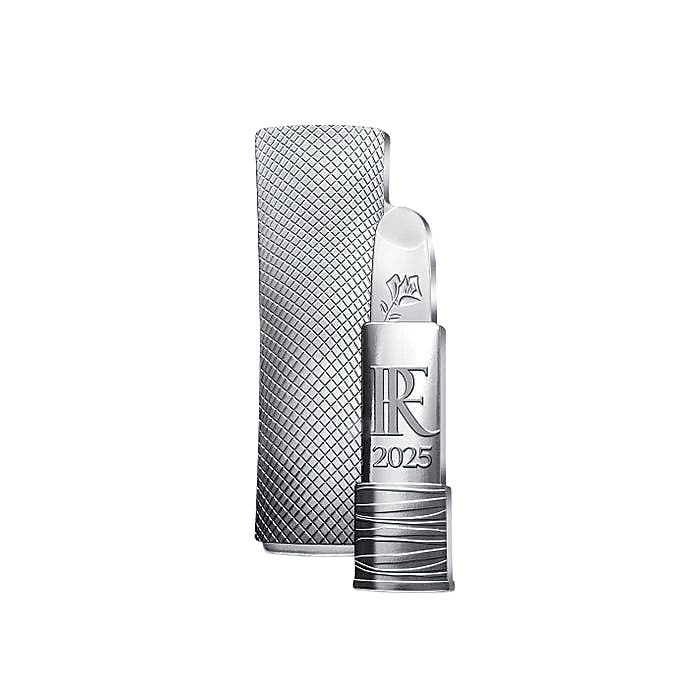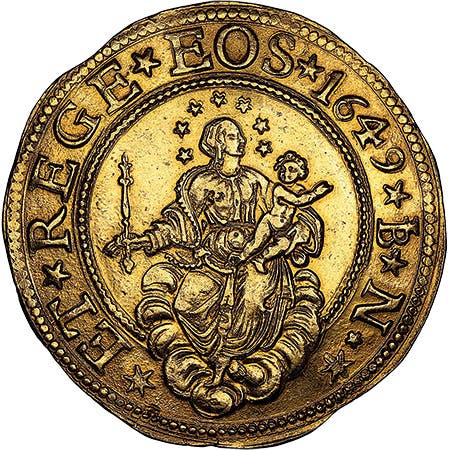Coin Find Leads to Speculation
Could a mint have been operating in Esna in Upper Egypt throughout Egypt’s Islamic government period? A discovery of coins covering much of the Islamic period at the city on…
Could a mint have been operating in Esna in Upper Egypt throughout Egypt’s Islamic government period? A discovery of coins covering much of the Islamic period at the city on the west bank of the Nile River south of the city of Luxor has had Egyptian archaeologists speculating since the announcement of its discovery in September.
According to Central Administration of Antiquities in Upper Egypt at the Ministry of Tourism and Antiquities head Mohamed Abdel Badie, “The archaeological mission began its work on the site last year in the part located directly behind the Temple of Esna, until it found this huge number of coins, which included a gold coin dating back to the era of Al-Aziz Billah Bin Al-Mu’izz Li Din Allah Al-Fatimi [a Fatimid ruler], and 286 silver coins dating from the reign of 19 different kings and sultans of the Mamluk era during different historical periods.”
Badie continued, “A foreign currency dating back to the days of King Leon II, King of Armenia, who lived during the Mamluk era, was also uncovered, as well as bronze and copper coins from the Ottoman era.”
Antiquities of Upper Egypt Director General Fathi Yassin explained that the find includes a Fatimid dynasty gold dinar of Al-Aziz Billah (caliph in 975-996 A.D.), a silver dirham of Najm al-Din Aibak (died in 1173, Kurdish soldier and father of Saladin), and a dirham of Egyptian Sultan Badr al-Din Solamish (ruled 1272-1291).
Other coins of particular interest in the find include a silver half dirham of the Chipchak Turk born Mamluk Sultan of Egypt Mansour Saif al-Din Qalawun (who barely spoke Arabic), several dirham and double dirham coins of Zain al-Din Katbugha (ruled 1294 to 1296), a single dirham of al-Mansur Saif al-Din Abu Bakr (ruled 1321 to 1341), and a dirham of King al-Kamel Saif al-Din Shaaban (Mamluk sultan from August 1345 to January 1346).
Other coins identified from the find include a coronation dirham of King Leo II of Armenia (ruled 1269/70 to 1289) and a set of bronze and copper coins from the Ottoman era of 1512 to 1867. (Ottoman rule was interrupted by Napoleonic French forces in 1798 to 1801.)
Muhammad Hamza is a professor of archaeology and Islamic civilization and a former dean of the Faculty of Archaeology at Cairo University. Hamza explained, “The villages and cities of Upper Egypt were no less important in the Islamic era than they were in the periods of the ancient Egyptian civilization. On the contrary, they played an important role in trade and pilgrimage, which was performed at the time through the Nile from Upper Egypt to the Arabian Peninsula. The discovery of coins is evidence of prosperity and that this region played an important role for the trade convoys for a long time, especially since the discovered coins dated back to different eras. Upper Egypt had a major role in the Fatimid era, and many Fatimid emirates were formed there.”
According to Hamza, “Finding antiquities dating back to the Islamic era is not new to Esna and Upper Egypt in general, but foreign propaganda for Pharaonic antiquities has consolidated the idea that Upper Egypt is a center for antiquities belonging to the ancient Egyptian civilization only. Discovering whether this area includes a coin mint requires more excavations and consultation of old documents that dealt with Esna.”
The Egyptian newspaper al-Monitor reported “parts of molds to mint and weigh coins” were also found at the Esna site.
According to History and Antiquities Committee of the governmental Supreme Council of Culture member Abdel Rahim Rihan, Esna played “a civilized role in the Fatimid era, which was evidenced by the discovery recently of a single gold coin dating back to the Fatimid era of Al-Aziz Billah Bin Al-Mu’izz Li Din Allah Al-Fatimi. Esna is also famous for [the] Al-Omari Mosque. The mosque’s memorial plaque includes 10 lines of prominent Kufic writings stating that the mosque was founded during the era of the Fatimid Imam al-Mustansir Billah (429-487 AH/AD 1036-1094).”
Rihan said regardless of if this find was a mint or not Rihan expects a coinage workshop dating from the Islamic era to be found somewhere in the area. He pointed out that the coinage molds previously mentioned in this article are pieces of glass resembling coins that functioned as coin weights for quality assurance.




